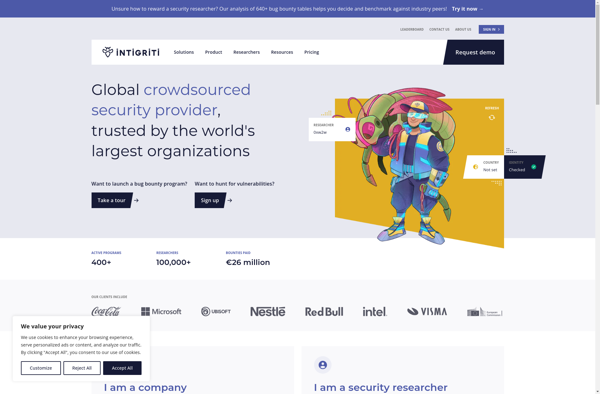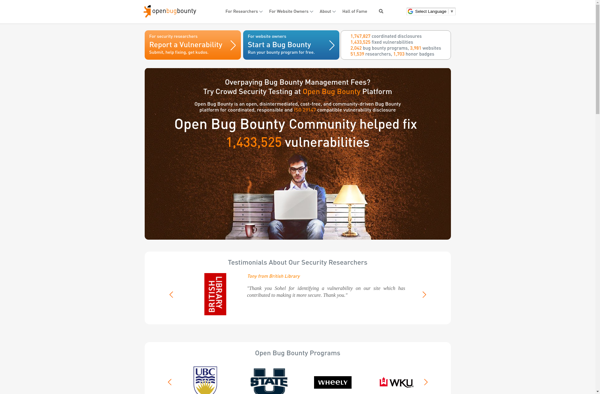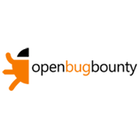Intigriti vs Open Bug Bounty
Struggling to choose between Intigriti and Open Bug Bounty? Both products offer unique advantages, making it a tough decision.
Intigriti is a Security & Privacy solution with tags like ethical-hacking, bug-bounty, vulnerability-disclosure.
It boasts features such as Bug bounty program management, Vulnerability disclosure program management, Vulnerability assessment and penetration testing, Crowdsourced security testing, Detailed reporting and analytics, Secure communication and coordination and pros including Connects businesses with a large pool of security researchers, Streamlines the bug bounty and vulnerability disclosure process, Provides comprehensive security testing and reporting, Offers a cost-effective alternative to traditional security services, Encourages responsible disclosure of vulnerabilities.
On the other hand, Open Bug Bounty is a Security & Privacy product tagged with open-source, bug-bounty, vulnerability-disclosure, researcher-communication, fix-tracking.
Its standout features include Allows websites/organizations to manage public vulnerability disclosure programs, Provides tools for receiving and tracking vulnerability submissions, Allows communicating with security researchers, Tracks security fixes and resolutions, Open source platform, and it shines with pros like Free and open source, Active development community, Customizable and extensible, Detailed vulnerability reporting, Large researcher community.
To help you make an informed decision, we've compiled a comprehensive comparison of these two products, delving into their features, pros, cons, pricing, and more. Get ready to explore the nuances that set them apart and determine which one is the perfect fit for your requirements.

 Intigriti
Intigriti
Intigriti is an ethical hacking platform that connects businesses with security researchers to find vulnerabilities in their digital assets. Companies post bug bounties and researchers can earn rewards for responsibly disclosing issues.
Categories:
Intigriti Features
- Bug bounty program management
- Vulnerability disclosure program management
- Vulnerability assessment and penetration testing
- Crowdsourced security testing
- Detailed reporting and analytics
- Secure communication and coordination
Pricing
- Subscription-Based
Pros
Cons

 Open Bug Bounty
Open Bug Bounty
Open Bug Bounty is an open source bug bounty platform that allows websites and organizations to manage public vulnerability disclosure and bug bounty programs. It provides tools for receiving vulnerability submissions, communicating with researchers, and tracking fixes.
Categories:
Open Bug Bounty Features
- Allows websites/organizations to manage public vulnerability disclosure programs
- Provides tools for receiving and tracking vulnerability submissions
- Allows communicating with security researchers
- Tracks security fixes and resolutions
- Open source platform
Pricing
- Open Source